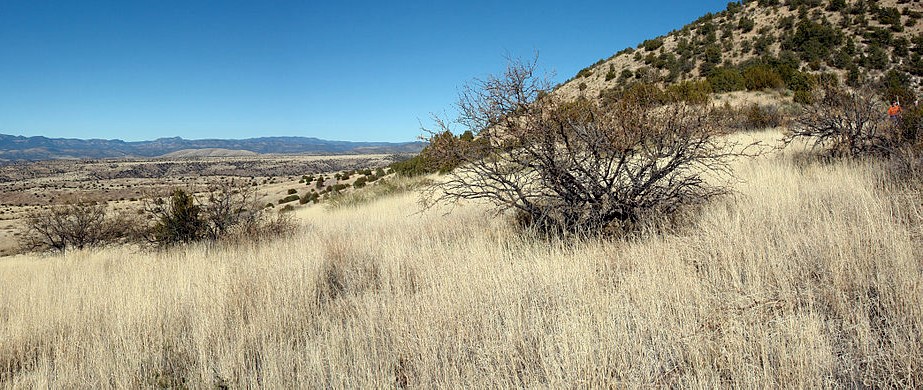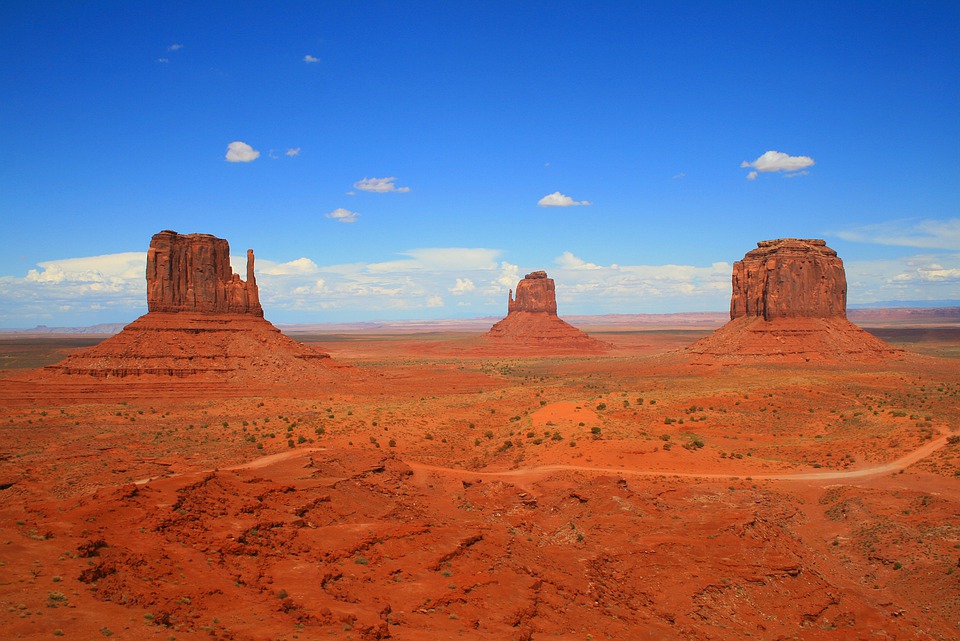Lack of Loggers Is Hobbling Arizona Forest-Thinning Projects That Could Have Slowed This Year’s Devastating Wildfires
Some areas that would normally hold 60 to 80 trees per acre now hold as many as 2,000, creating an unprecedented amount of fuel for wildfires.
by Andrew Onodera for Inside Climate News
Jay Smith likes to reminisce about hiking the Weatherford Trail in northern Arizona because he knows that, for much of the forest surrounding the trail, memories are all that’s left.
“It’s gone,” he said. “For the next 300 to 500 years, you’re not going to see the same type of forest there.”
Smith is the forest restoration director for Coconino County, which includes the city of Flagstaff and was hit by a particularly brutal start to this year’s fire season. The Tunnel Fire burned nearly 20,000 acres here in April and claimed 30 homes. The Pipeline and Haywire fires, which are still burning, charred another 32,000 acres in June, including much of the forest surrounding Smith’s beloved Weatherford Trail.
But as bad as this may seem, Smith knows that things could get much worse. The forest overall has six times more trees than it did historically, Smith said, which adds up to much more fuel for wildfires. After decades of putting out every fire that might have reduced the number of trees, some areas that would normally hold 60 to 80 trees per acre now hold as many as 2,000.
“We’re so far behind on getting these forests thinned that the actual fuel load that’s on the ground is more than it’s ever been,” Smith said. “Every day there’s more as pine needles drop and trees die.”
There’s agreement among all stakeholders in the area that the Coconino National Forest needs treatment—the foresters’ term for thinning the woods with chainsaws and setting prescribed burns to remove fallen timber and undergrowth from the forest floor. The U.S. Forest Service completed plans and secured funding for thinning projects over a decade ago. But many of the sites targeted by the plans have yet to see a single tree branch removed as the decline of the region’s logging industry has left a dearth of people and equipment to complete the work and make devastating fire seasons like this year’s less likely around Flagstaff.
The city is located in the heart of the largest contiguous ponderosa pine stand in the world. It’s an ecosystem that’s evolved to rely on low-severity ground fires as a maintenance tool to clean the underbrush from the forest floor and keep trees from growing so close together that fires can easily run through their crowns.
Now, the forest is denser than ever and extremely vulnerable to high-intensity fires that rip through the crowns of the forest’s trees rather than the low-intensity ground fires that were common in the past. The city of over 76,000 people considers wildfire to be the No. 1 threat to the community, according to a summary of the city’s wildfire codes.
‘A Massive, Massive Undertaking’
The city, county and state have all taken on projects to improve the health and lower the flammability of the forest in recent years, but the most ambitious was launched by the federal government 12 years ago.
The U.S. Forest Service’s Four Forest Restoration Initiative (4FRI) aims to restore 2.4 million acres of land from 2010 to 2030 in the Coconino, Kaibab, Tonto and Apache-Sitgreaves National Forests of northern Arizona. The project is the largest and longest-running restoration effort in Forest Service history, said Adam Livermore, the initiative’s public affairs officer. A large part of the restoration effort includes the thinning of trees and lighting of prescribed burns.
For thinning projects, loggers cut down some of the trees in a plot of forest or lop branches off trees they leave standing with the goal of opening natural gaps in the woods and making it more difficult for flames to climb into the tree canopy.

Continue reading here



